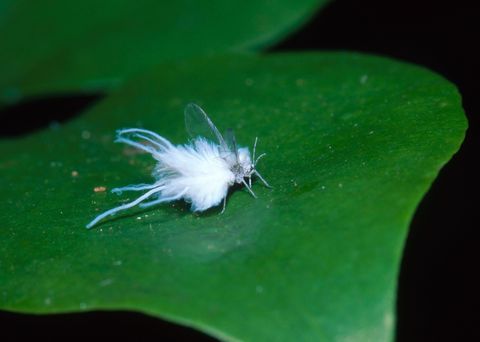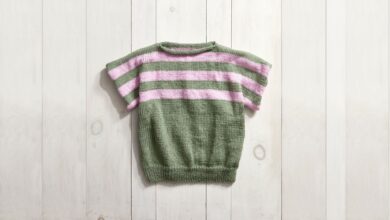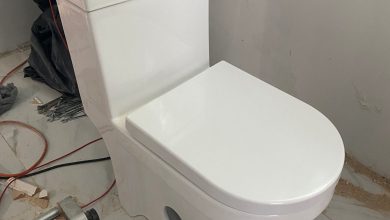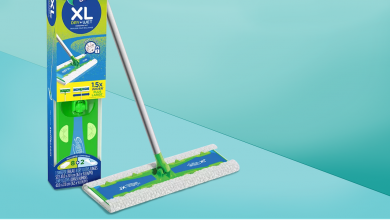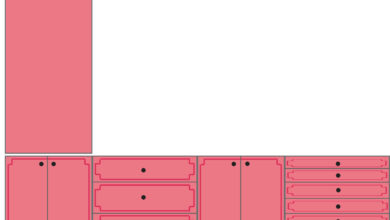How to Get Rid of White Fluffy Bugs Appearing in the Southeast
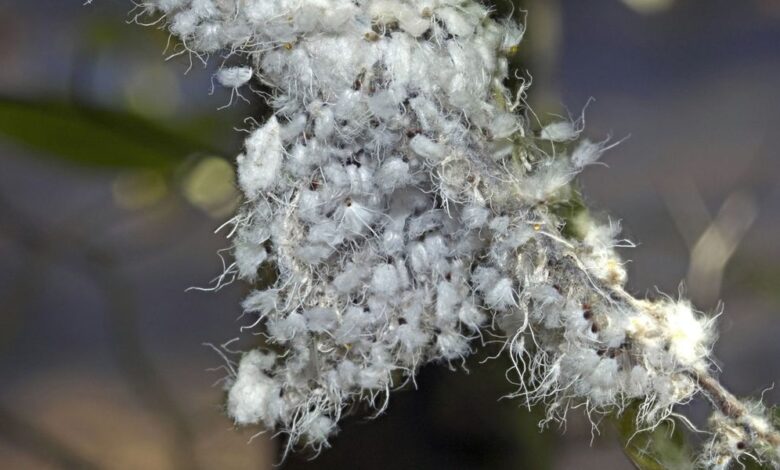
[ad_1]
John CancalosiGetty Images
If you have noticed white fuzz on the trees and leaves in your yard lately, it’s not snow or cotton — this white coating is actually insects. These white fluffy bugs are called Asian woolly hackberry aphids and typically appear in the Upper South region of the United States and in much of Asia. Although they don’t cause harm to humans, they are a nuisance to homeowners due to the sticky sap they produce.
Just like stink bugs, these pests usually appear in fall, with sightings reported in the Southeast, southern Midwest, Texas and California, according to HGTV. While the bugs don’t bite or sting, they still cause a nuisance by producing a sweet, sticky honeydew as they feed on the sap of sugarberry and hackberry trees. The clear goop then falls on sidewalks, cars and anything below them.
The honeydew causes further annoyance by then promoting the growth of “sooty mold,” a type of fungi that looks like, well, sooty mold. While the dark grit may cause trees to drop their leaves earlier, scientists haven’t discovered any negative long-term effects. That doesn’t mean homeowners don’t want to get rid of the fluffy bugs though.
How to Get Rid of Woolly Aphids
To remove the fluffy aphids from your property, you can start by spraying them with water. A little bit of pressure from the hose can blast away aphids without stripping off foliage, advises horticulturist Amy Dismukes of the University of Tennessee. Prevent them from spreading further by giving shrubs plenty of TLC as well.
“As always, healthy plants are less prone to attack, so utilize some cultural controls to make your hackberry happy,” she wrote in her Spring Hill Home Page column. That includes appropriate soil moisture, undisturbed roots and no fertilizers unless there’s a nutrient deficiency.
Non-residual, contact insecticides may also reduce the woolly aphid population. Bonide Horticultural Oil or Safer Brand Insect Killing Soap can keep things in check, according to the University of California’s Statewide Pest Management Program.
If the aphids plague your yard every year, consider applying a systemic insecticide like Bayer Advanced 12 Month Tree & Shrub Insect Control or Bonide Annual Tree & Shrub Insect Control Concentrate around trees’ trunks in late winter or early spring. Never apply these products while plants bloom, as they can harm the aphids’ natural enemies and important pollinators. Don’t bother in the fall either, since the leaves will soon drop anyway.
While these pests may irritate you now, have hope knowing they won’t stick around much longer. The first frost usually wipes mature aphids right out as their eggs over winter, creating a mess all over again next year.
This content is created and maintained by a third party, and imported onto this page to help users provide their email addresses. You may be able to find more information about this and similar content at piano.io
[ad_2]
Source link


